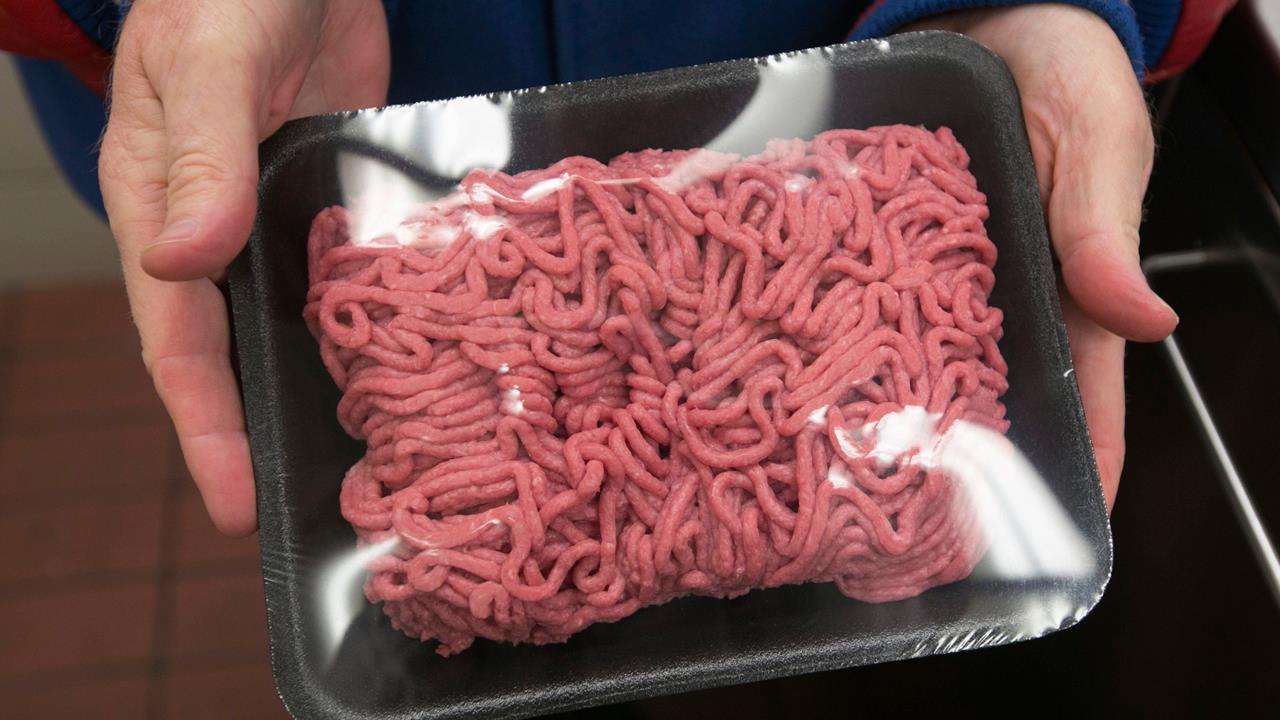Beef, romaine recalls just tip of iceberg: Here’s how blockchain can help
Romaine lettuce, beef, a popular cereal brand, eggs, salad dressing: these were just some of the food items that consumers saw recalled in 2018.
In these and many other food safety cases, the CDC’s warning is consistent yet confounding: if you don’t know where your food came from, don’t eat it.
We need to re-establish consumers’ faith in the global food supply chain – not just in the choices we make about which food to buy, but in ALL of the choices that are made in every step of the process from the farm to our tables.
And that is where blockchain could help.
Broken chain: $1T in waste
According to the World Health Organization, an estimated 600 million –- almost 1 in 10 people in the world – fall ill after eating contaminated food with 420,000 dying every year, resulting in the loss of 33 million healthy life years. And for all of its logistical sophistication, the food supply chain is in many ways broken. It’s estimated that approximately one third of all food produced around the world is wasted each year, at a cost of nearly $1 trillion.
Sobering statistics like these point us to the problems afflicting the global food supply chain – problems exacerbated by the lack of technology in our increasingly complex supply chain. In our always-on, ever-digital world, many would be surprised to learn that much of the data chronicling how food is produced, shipped, stored and sold is recorded on paper, accessible to, well, pretty much no one.
During the romaine recall earlier this year, the FDA noted that the large-scale investigation into the source of contamination was complicated because the majority of the records collected were either paper or handwritten.
Even when data is digitized, it’s usually only shared one up and one down the supply chain, meeting minimum legal requirements. Participants in the food supply chain use siloed record-keeping systems that usually don’t interoperate. This lack of data transparency has a tremendous impact on food waste, freshness, safety and sustainability. It’s why berries can be moldy before they even leave the supermarket. It’s why food recalls take weeks instead of days. And it’s part of the reason why we all throw out so much food.
In order to regain traction in the global supply chain, we need two key ingredients: a more effective traceability system and collaboration and trust among governments, producers, suppliers -- and consumers
Enter blockchain
Fortunately, a global movement is afoot to replace the antiquated, overly analog infrastructure that underpins the global food supply chain with a digital alternative. An alternative that is powered by blockchain to make the supply chain more transparent, authentic and trustworthy.
Blockchain is a trusted system of record ideal for tracing the origin, safety and authenticity of goods as they move through the supply chain. The technology creates a digital record of every transaction or interaction -- from a packaging date to the temperature at which it was shipped to its arrival on a grocery store shelf -- allowing us to digitally trace the provenance of food from suppliers to store shelves and consumers.
But it’s about more than new technology. At its core, blockchain is about building trust between a diverse set of participants, while delivering business value to everyone in the network. Without a robust ecosystem of partners contributing their respective data, agreeing on a governance model, and embracing interoperable platforms, the system simply doesn’t work.
Participants in IBM Food Trust like Walmart and Carrefour have taken the first steps in adopting this transformative technology. And Walmart is currently requiring its leafy green suppliers to adopt it. Meanwhile, international governments and regulators are considering blockchain’s role in creating a new model for food traceability and supply chain transparency.
Much work remains to be done. At this point, while we’ve enjoyed a full meal of food traceable on the blockchain, less than one percent of the global food system is traceable on it. By digitizing data, connecting that insight across the food supply chain and participating in evolving standards, new ways to tackle food safety head-on will continue to emerge --making the global food system safer and more efficient.
With this type of innovation, consumers will be able to buy -- and eat -- our leafy greens, our beef and even our chocolate cake with confidence.
Brigid McDermott is vice president of IBM Blockchain’s Food Trust.




















